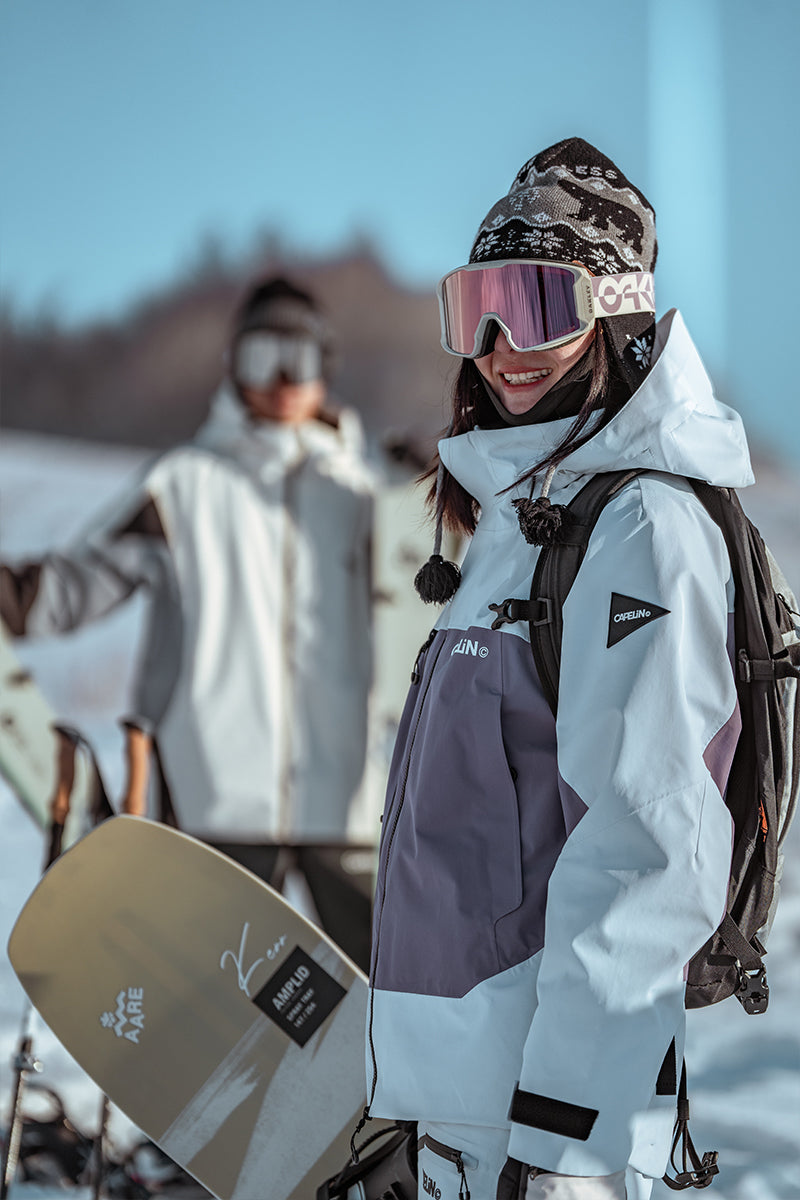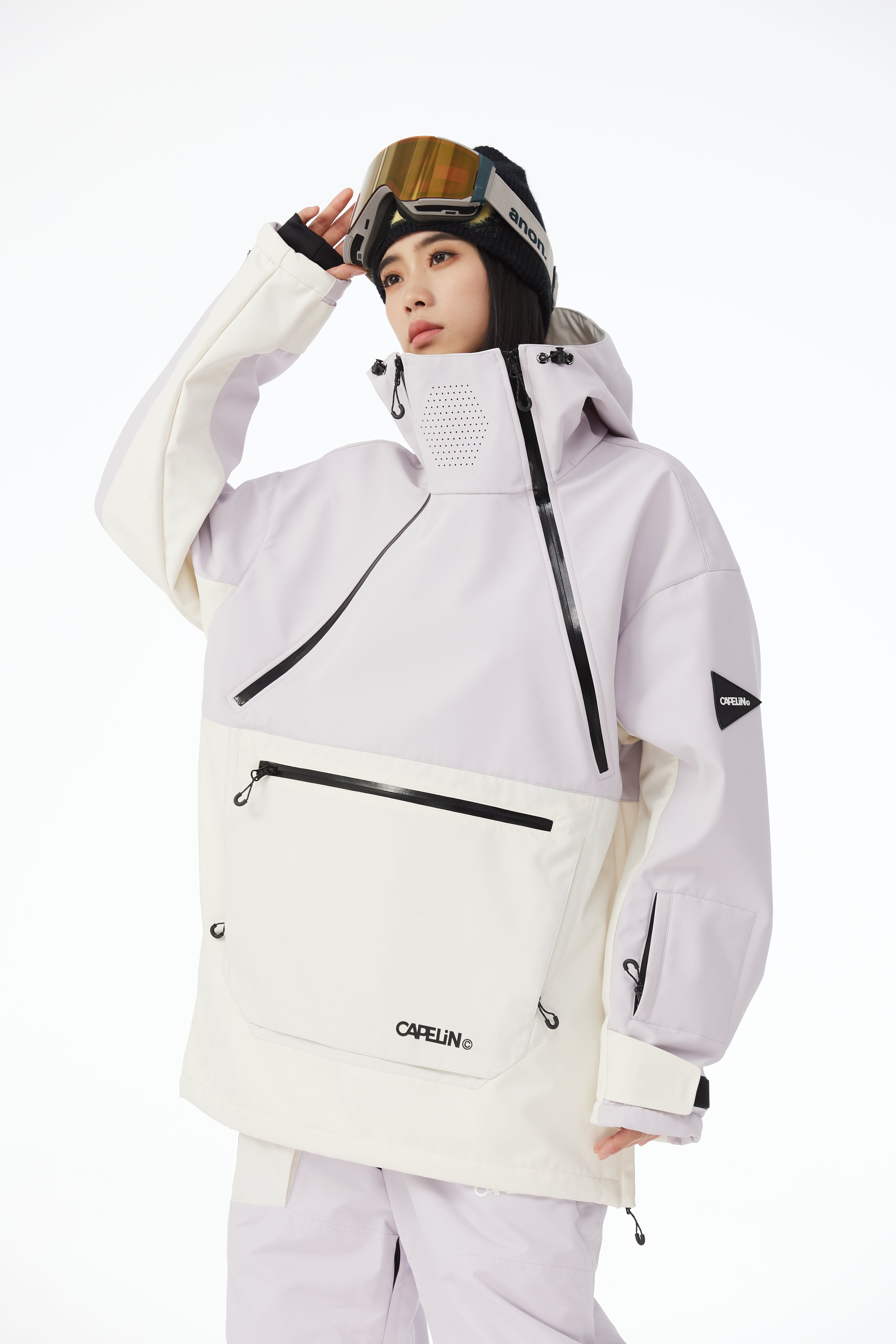Introduction
Congratulations! Your ski trip has evolved from a mere idea in the group chat to a concrete plan. But for first-timers, the planning process can feel daunting—from choosing a destination to figuring out what to wear, it's all new territory. Don't worry. This step-by-step guide is tailored for you, breaking down the complexity into manageable tasks so you can prepare with confidence and focus on enjoying the snow.
Contents
● Pre-Trip Planning (Determining Destination, Travel Time, and Budget)
● Arranging Transportation and Accommodation for the Ski Trip
● Preparing Appropriate Ski Equipment
● Learning Skiing/Snowboarding Techniques
● Important Considerations During the Ski Trip
Pre-Trip Planning (Determining Destination, Travel Time, and Budget)
A successful journey begins with solid planning. Before you get lost in dazzling resort photos, ground yourself with these practical first steps:
● Budget: This is your very first step and the foundation for everything else. A five-star chalet in Verbier during Christmas will have a completely different budget than a trip to Bulgaria in late March. Be sure to account for all costs: transportation, accommodation, lift tickets, gear rental, lessons, and food.
● Destination: Your budget will help narrow down your options. Are you thinking North America, Europe, or Asia? When selecting a resort, consider your group. Traveling with family? Look for family-friendly spots with great ski schools. A mix of pros and beginners? Ensure the resort offers terrain for all levels.
● Timing: The peak ski season typically runs from December to March, but it's also the most expensive and crowded time. If you're looking to save money and avoid crowds, consider shoulder seasons (like early January or late March), but be mindful that snow conditions might not be at their prime.
Arranging Transportation and Accommodation for the Ski Trip

Once you've locked in the "where" and "when," it's time to figure out "how you'll get there" and "where you'll stay."
● Transportation: Will you drive, fly, or take a train? If flying, research how to get from the airport to the slopes—whether renting a car (ensure it has snow tires or you have chains), booking a transfer, or taking a resort shuttle. Driving offers flexibility, but be prepared for winter driving conditions.
● Accommodation: Book this early! Ski-in/ski-out lodging is the most convenient but often comes with a premium price tag. Staying in a nearby town and commuting each day is often a more budget-friendly option. Choose what suits your style, from hotels and apartments to classic ski chalets.
Preparing Appropriate Ski Equipment

This is a major point of curiosity for many beginners: "what to wear skiing"? The answer is layers. Dressing correctly will keep you warm, dry, and mobile.
● Base Layer: Worn against your skin, it should be made of moisture-wicking material (avoid cotton at all costs).
● Mid Layer: This is the crucial mid layer for insulation. A fleece or a lightweight down jacket is a perfect choice.
● Outer Layer: This is your shield—a waterproof and windproof ski jacket (or a snowboard jacket if you're snowboarding) and a pair of snow pants.
● Accessories: Don't underestimate them! A warm pair of snow mittens, a helmet/beanie for your head and ears, goggles, and a face cover for snow (to protect you on cold, windy days) are essential.
As for equipment, renting is the smart choice for your first time. You can rent skis/snowboards, poles, and a helmet directly at the resort, giving you access to proper gear without a major financial commitment.
Learning Skiing/Snowboarding Techniques

Heading straight for a black diamond run is not the best idea. Professional instruction will dramatically improve your experience and ensure your safety.
● Book Lessons: It's highly recommended to book lessons for every beginner in your group. Whether private or group lessons, a professional instructor will teach you how to put on your gear, walk, control your speed, turn, and stop safely. Book your lessons online in advance to secure your spot.
● The Classic Debate: Is snowboarding harder than skiing? It's a common question. The answer is: it depends on the person. The general wisdom is that skiing has a gentler initial learning curve but is difficult to master, while snowboarding involves more falls at the very start but can have a steeper progression curve later. Both are incredibly fun, so choose the one that excites you most!
Important Considerations During the Ski Trip
When all the planning is done and the journey begins, keep these final tips in mind for a smooth experience.
● Book Tickets in Advance: Always purchase your lift tickets online ahead of time. It's often cheaper than buying at the window and helps you avoid long lines, especially during peak weeks.
● Check the Snow Forecast: Check the snow forecast before you go and during your trip. It not only builds stoke but also helps you decide what to wear and what gear to use for the day.
● Leave Wiggle Room: Don't over-schedule your days. You might be sore on day two, or you might find a beautiful mountain-top restaurant where you want to linger. Allow time for rest and exploration. After all, this is a vacation!
Conclusion
Planning your first ski trip can seem like a monumental task, but with this checklist, you can break it down into manageable steps one by one. From savvy pre-trip planning to mastering the art of layering, being well-prepared will give you the confidence you need once you step onto the snow. Now, all that's left is to relax, breathe in the fresh air, and feel proud for trying something new. Get ready to make incredible memories on the slopes
FAQ
Q: What is the most easily overlooked but crucial preparation for first-time skiing?
A: Booking professional ski lessons in advance. This ensures safety fundamentals and rapid skill acquisition, far more efficient than self-teaching.












